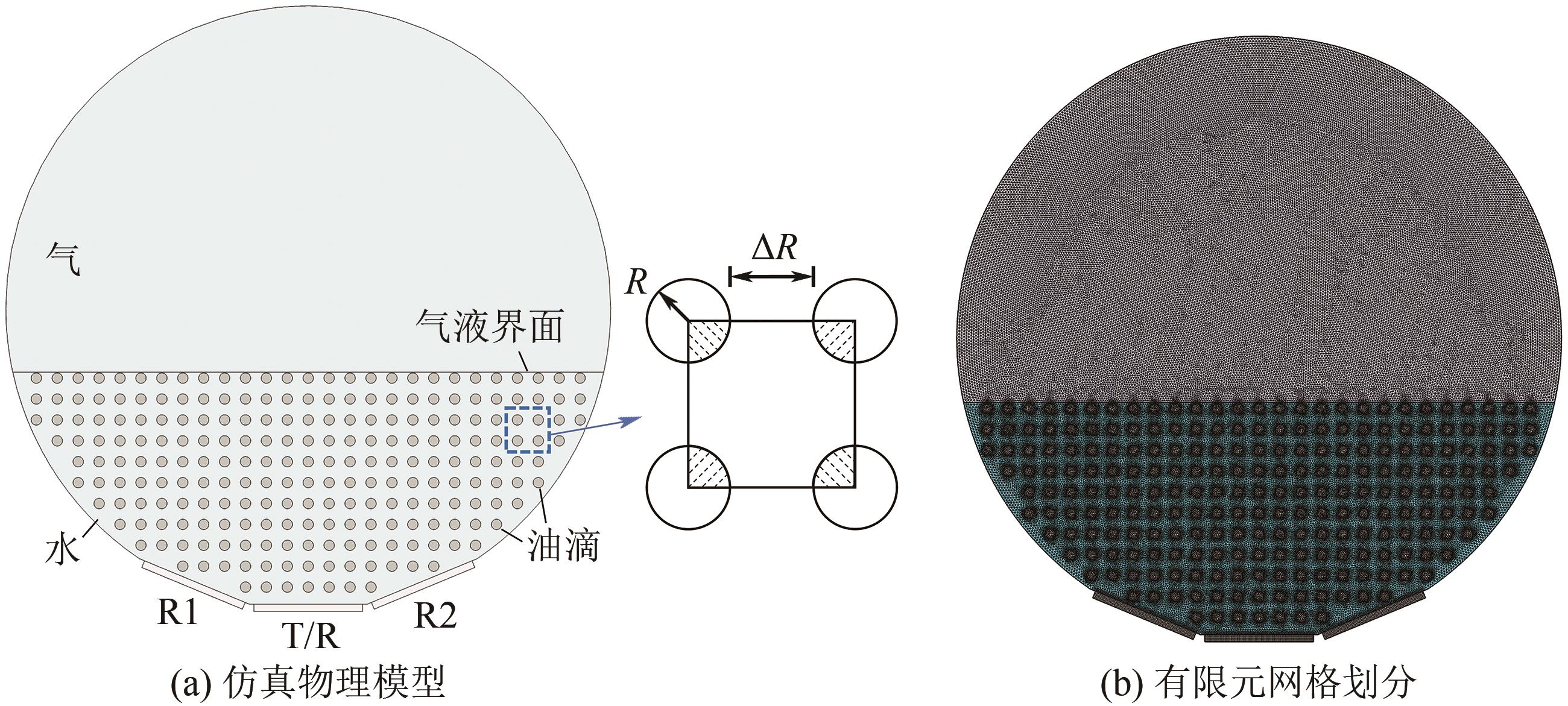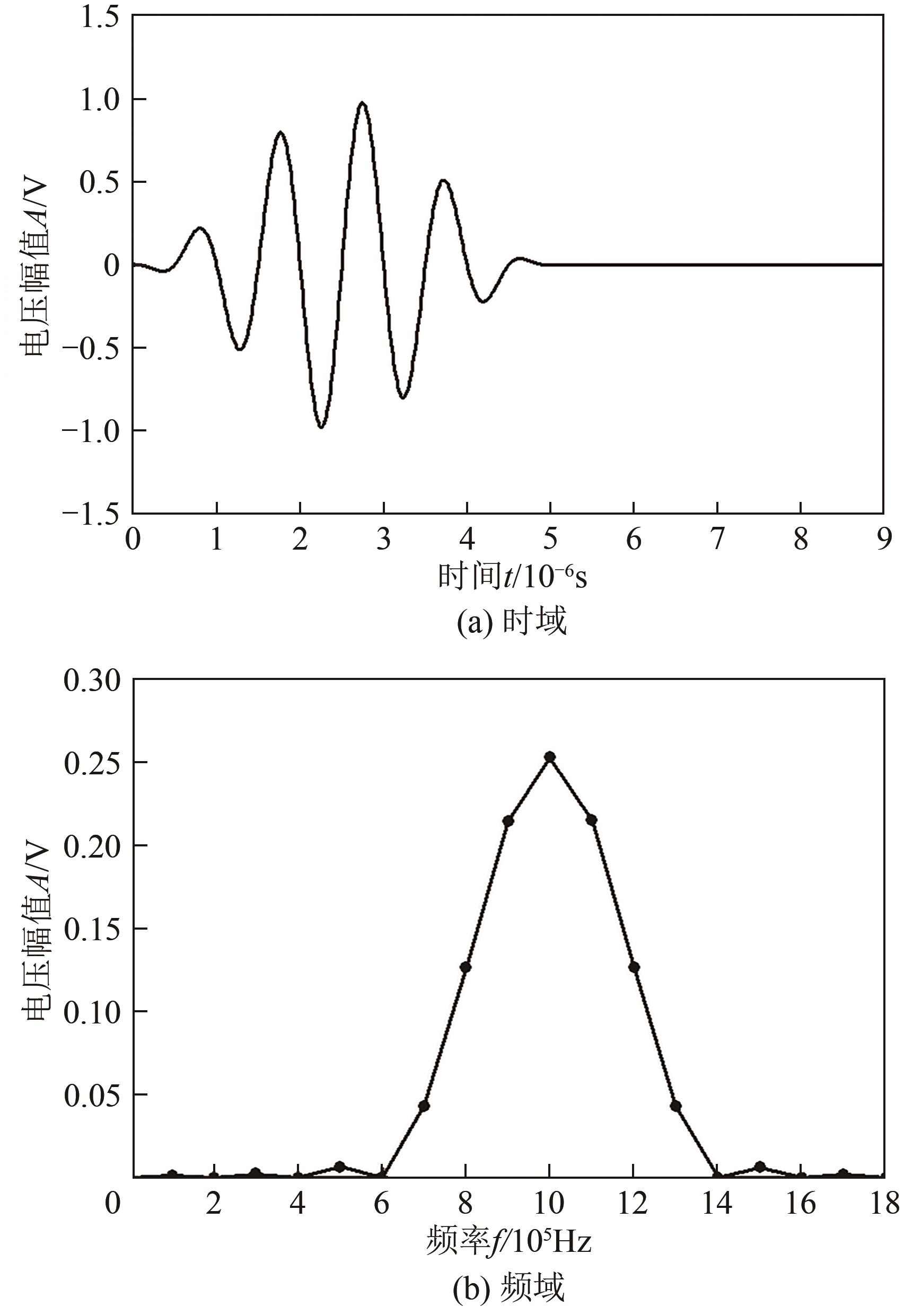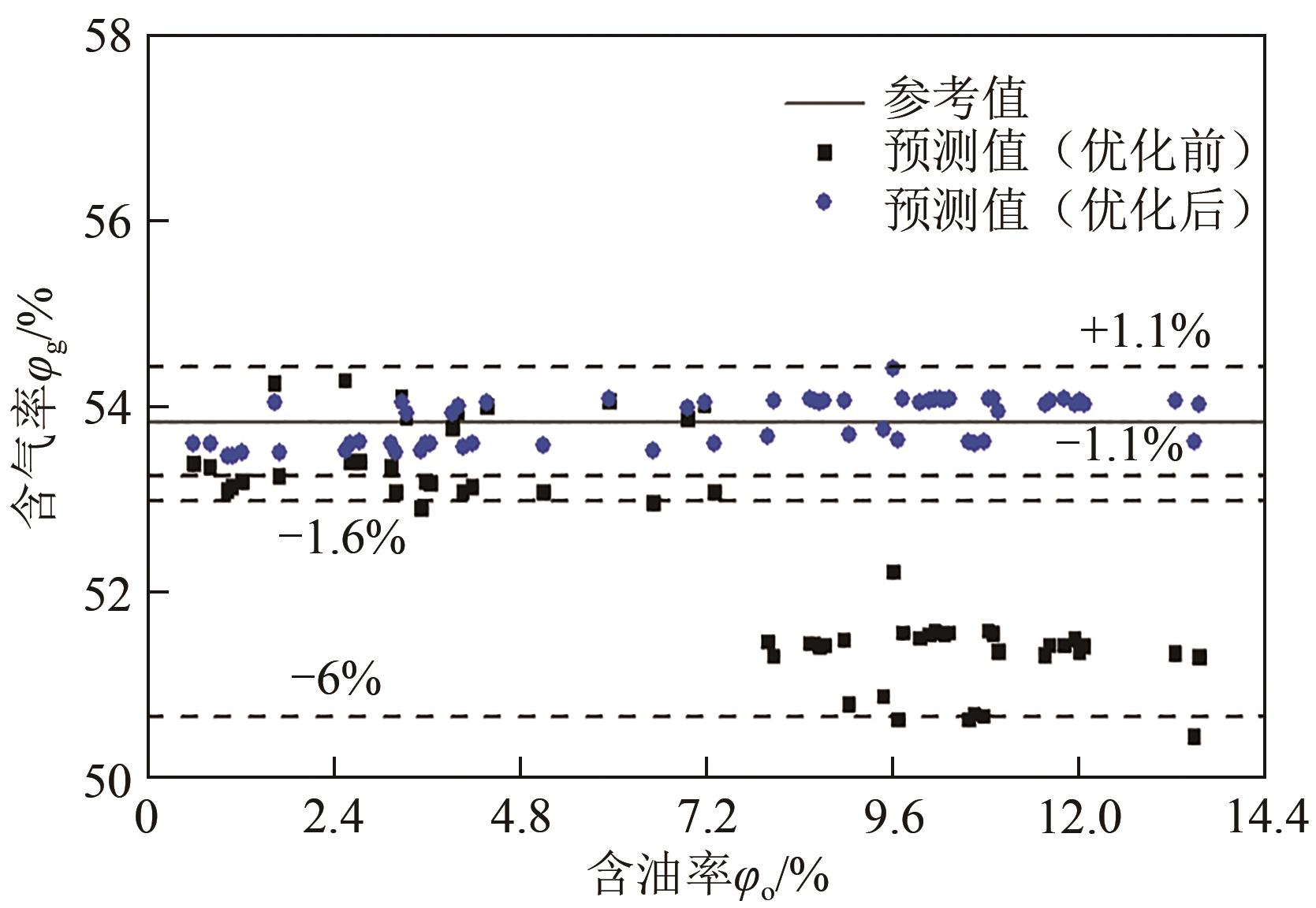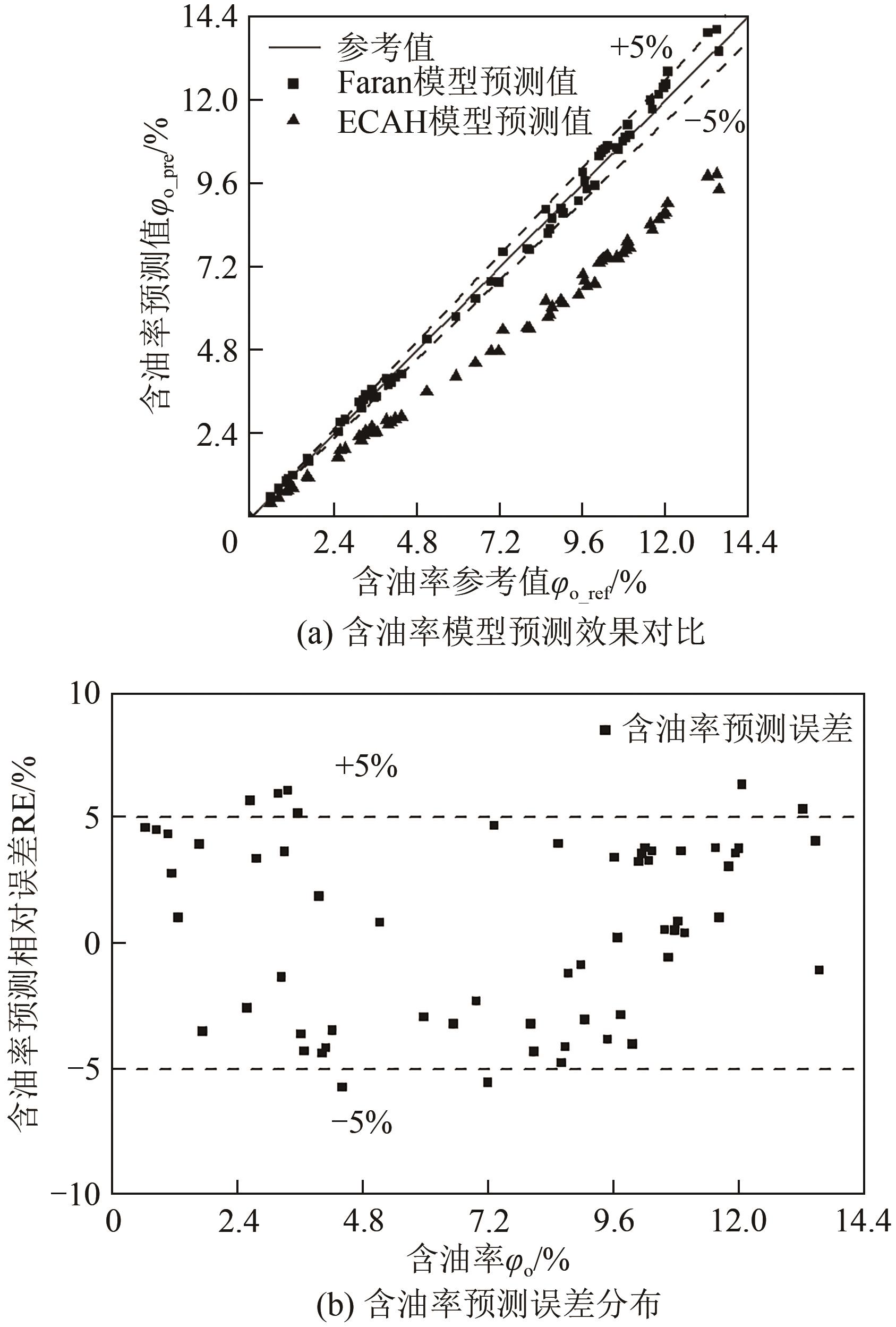| 1 |
AZZOLINA Nicholas A, NAKLES David V, GORECKI Charles D, et al. CO2 storage associated with CO2 enhanced oil recovery: A statistical analysis of historical operations[J]. International Journal of Greenhouse Gas Control, 2015, 37: 384-397.
|
| 2 |
MASSARWEH Osama, Maha AL-KHUZAEI, Manal AL-SHAFI, et al. Blue hydrogen production from natural gas reservoirs: A review of application and feasibility[J]. Journal of CO2 Utilization, 2023, 70: 102438.
|
| 3 |
KRUPA Andrzej, LACKOWSKI Marcin, JAWOREK Anatol. Capacitance sensor for measuring void fraction in small channels[J]. Measurement, 2021, 175: 109046.
|
| 4 |
SALGADO César Marques, DE FREITAS DAM Roos Sophia, DE CARVALHO CONTI Claudio, et al. Three-phase flow meters based on X-rays and artificial neural network to measure the flow compositions[J]. Flow Measurement and Instrumentation, 2021, 82: 102075.
|
| 5 |
FENG Lang, NATU Stefan, SOM DE CERFF EDMONDS Victoria, et al. Multiphase flow detection with photonic crystals and deep learning[J]. Nature Communications, 2022, 13: 567.
|
| 6 |
LI Chaofan, LIU Miaomiao, ZHAO Ning, et al. Void fraction measurement using modal decomposition and ensemble learning in vertical annular flow[J]. Chemical Engineering Science, 2022, 247: 116929.
|
| 7 |
苏茜, 董峰. 油水两相流超声波衰减测试方法[J]. 中南大学学报(自然科学版), 2016, 47(2): 647-653.
|
|
SU Qian, DONG Feng. Ultrasound attenuation measurement in oil-water two-phase flow [J]. Journal of Central South University (Science and Technology), 2016, 47(2): 647-653.
|
| 8 |
田昌, 苏明旭, 蒋瑜, 等. 超声法在线测量烟气脱硫浆液粒度分布、密度方法和装置[J]. 化工进展, 2021, 40(12): 6516-6522.
|
|
TIAN Chang, SU Mingxu, JIANG Yu, et al. Method and device for on-line measurement of particle size distribution and density of desulfurization slurry by ultrasonic[J]. Chemical Industry and Engineering Progress, 2021, 40(12): 6516-6522.
|
| 9 |
邵一哲, 谭超, 董峰. 超声衰减法测量油水分散流中颗粒粒度分布[J]. 工程热物理学报, 2018, 39(4): 806-810.
|
|
SHAO Yizhe, TAN Chao, DONG Feng. Measurement of particle size distribution in dispersed oil-water two-phase flow using ultrasonic attenuation method[J] Journal of Engineering Thermophysics, 2018, 39(4): 806-810.
|
| 10 |
YU Han, TAN Chao, WU Hao, et al. Oil fraction measurement of nonuniform dispersed oil-water two-phase flow based on ultrasonic attenuation[J]. IEEE Transactions on Instrumentation and Measurement, 2021, 70: 7504213.
|
| 11 |
LIANG Fachun, LI Yaxin, LI Qigui, et al. Experimental study on the ultrasonic echo characteristics of oil-water emulsion[J]. Experimental Thermal and Fluid Science, 2022, 135: 110640.
|
| 12 |
应启帆, 谢代梁, 徐志鹏, 等. 多输出回归算法在超声粒径分布反演中的研究[J]. 声学技术, 2022, 41(1): 137-143.
|
|
YING Qifan, XIE Dailiang, XU Zhipeng, et al. Research on multiple output regression algorithm for inversion of ultrasonic particle size distribution[J]. Technical Acoustics, 2022, 41(1): 137-143.
|
| 13 |
SILVA Carlos A M, SARAIVA Samuel V, BONETTI Darlan, et al. Measurements of bimodal droplet size distribution of emulsions using ultrasonic spectroscopy in the long and intermediate wavelength regimes[J]. Chemical Engineering Science, 2022, 252: 117274.
|
| 14 |
MEI Jianqiang, WANG Wenqin, CHEN Wanyan, et al. Simulation and experimental study on measurement of droplet size distribution based on a novel ultrasonic attenuation scheme[J]. Measurement, 2023, 212: 112679.
|
| 15 |
SHI Xuewei, TAN Chao, DONG Feng, et al. Flow rate measurement of oil-gas-water wavy flow through a combined electrical and ultrasonic sensor[J]. Chemical Engineering Journal, 2022, 427: 131982.
|
| 16 |
MCCLEMENTS D J. Principles of ultrasonic droplet size determination in emulsions[J]. Langmuir, 1996, 12(14): 3454-3461.
|
| 17 |
CICCHITTI A, LOMBARDI C, SILVESTRI M, et al. Two-phase cooling experiments-pressure drop, heat transfer and burnout measurements[J]. Energia Nucleare, 1960, 7(6): 407-425.
|
| 18 |
FARAN James J. Sound scattering by solid cylinders and spheres[J]. The Journal of the Acoustical Society of America, 1951, 23(4): 405-418.
|
| 19 |
Alex E HAY, MERCER Douglas G. On the theory of sound scattering and viscous absorption in aqueous suspensions at medium and short wavelengths[J]. The Journal of the Acoustical Society of America, 1985, 78(5): 1761-1771.
|
| 20 |
SU Qian, TAN Chao, DONG Feng. Measurement of oil-water two-phase flow phase fraction with ultrasound attenuation[J]. IEEE Sensors Journal, 2018, 18(3): 1150-1159.
|
| 21 |
MURAI Yuichi, TASAKA Yuji, NAMBU Yuichi, et al. Ultrasonic detection of moving interfaces in gas-liquid two-phase flow[J]. Flow Measurement and Instrumentation, 2010, 21(3): 356-366.
|
| 22 |
BRAUNER Neima. The prediction of dispersed flows boundaries in liquid-liquid and gas-liquid systems[J]. International Journal of Multiphase Flow, 2001, 27(5): 885-910.
|
| 23 |
GONZALEZ Diana, Heiner SCHÜMANN, Jørn KJØLAAS. Pipe flow experiments of unstable oil-water dispersions with three different oil viscosities: Flow pattern, pressure drop and droplet size measurements[J]. Journal of Petroleum Science and Engineering, 2022, 218: 110996.
|
| 24 |
吕宇玲, 何利民, 何正榜, 等. 水平管油水分散流液滴粒径及其分布规律研究[J]. 工程热物理学报, 2012, 33(3): 449-453.
|
|
Yuling LYU, HE Limin, HE Zhengbang, et al. Investigation of droplet sizes and distributions in horizontal oil-water dispersed flows[J]. Journal of Engineering Thermophysics, 2012, 33 (3): 449-453.
|
| 25 |
POVEY Malcolm J W. Ultrasound particle sizing: A review[J]. Particuology, 2013, 11(2): 135-147.
|
| 26 |
LIU Hao, DONG Feng, TAN Chao. Multifrequency ultrasonic tomography for oil-gas-water three-phase distribution imaging using transmissive attenuation spectrum[J]. IEEE Transactions on Instrumentation and Measurement, 2021, 70: 4502711.
|
| 27 |
URICK R J. A sound velocity method for determining the compressibility of finely divided substances[J]. Journal of applied physics, 1947, 18(11): 983-987.
|
| 28 |
HARKER A H, TEMPLE J G. Velocity and attenuation of ultrasound in suspensions of particles in fluids[J]. Journal of Physics D: Applied Physics, 1988, 21(11): 1576-1588.
|
 ), DENG Xiangtian1, LIU Zhenxing1,2(
), DENG Xiangtian1, LIU Zhenxing1,2( )
)







